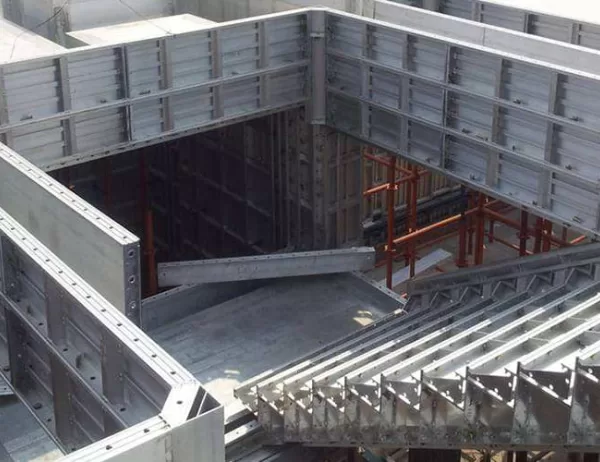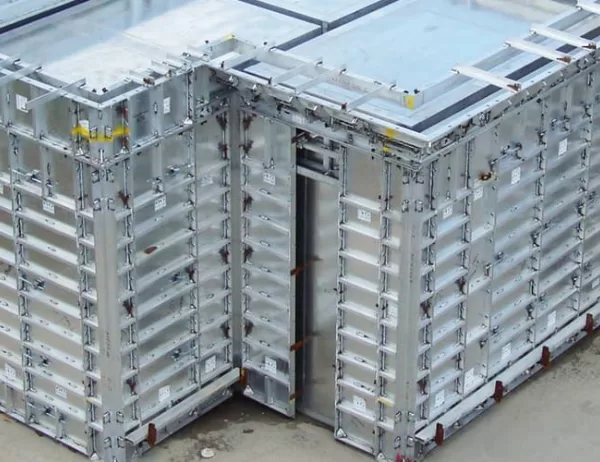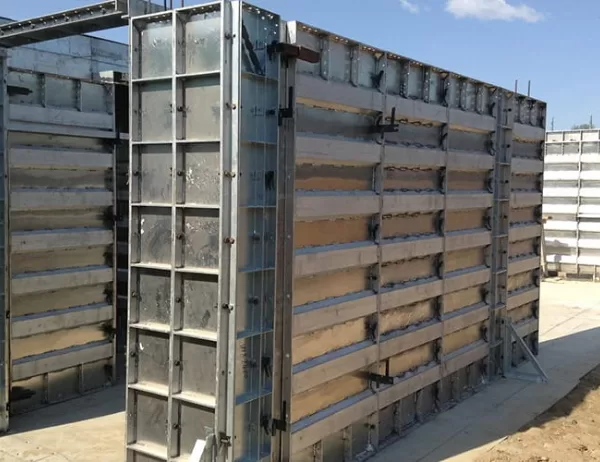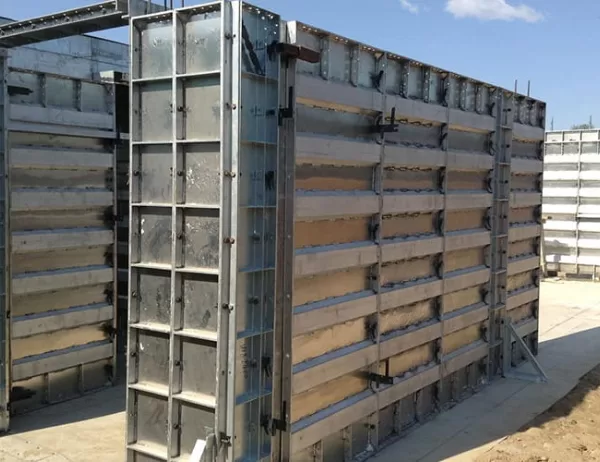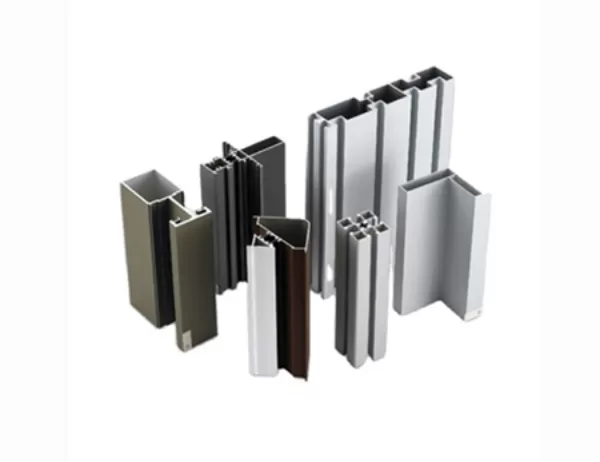Troubleshooting Common Issues with Industrial Aluminum Profiles
Industrial aluminum profiles are versatile materials widely used in various industries for their strength, durability, and lightweight properties. However, certain issues can arise during their fabrication and application. This article provides a comprehensive guide to troubleshooting common problems encountered with industrial aluminum profiles.
Surface Defects
Scratches and Dents: Surface imperfections are caused by improper handling, storage, or transportation. To prevent scratches, protect profiles with plastic or paper during handling and ensure proper packaging during storage and transit.
Corrosion: Aluminum is susceptible to corrosion, especially in humid environments. To prevent corrosion, apply protective coatings or anodized finishes to profiles.
Blistering: Blistering occurs due to trapped air or moisture during anodizing. Ensure proper surface preparation, anodizing conditions, and post-treatment processes to prevent blistering.
Structural Issues
Warping: Warping occurs due to improper heat treatment or excessive load. Use proper heat treatment techniques and avoid overloading profiles to prevent warping.
Bending: Bending is caused by external forces or insufficient structural support. Provide adequate support and reinforcement to profiles to prevent bending.
Cracking: Cracks can result from excessive stress or defects in the material. Avoid overstressing profiles and inspect them regularly for any flaws.
Assembly and Installation Issues
Difficulty in Assembly: Tight tolerances or misalignment can make assembly challenging. Ensure accurate measurements and use proper tools and techniques to facilitate assembly.
Corrosion at Joints: Corrosion at joints can compromise structural integrity. Use compatible sealing materials and anti-seize compounds to prevent corrosion.
Loose Threads: Loose threads in tapped holes can weaken connections. Ensure proper thread engagement and use thread-locking compounds to prevent loosening.
Performance Issues
Reduced Strength: Reduced strength can be caused by defects in the material or improper heat treatment. Inspect profiles for defects and verify heat treatment parameters to ensure optimal strength.
Fatigue: Repeated loading can lead to fatigue failure. Use fatigue-resistant designs and reduce cyclic loading to extend profile lifespan.
Excessively High or Low Temperature Tolerance: Aluminum profiles can experience reduced performance at extreme temperatures. Select profiles with appropriate temperature ratings to meet specific application requirements.
Conclusion
Troubleshooting common issues with industrial aluminum profiles requires a systematic approach. By understanding the causes and symptoms of these problems, manufacturers and users can implement effective solutions to maintain the integrity and performance of aluminum profiles. Regular inspection, proper handling, and maintenance practices are crucial to ensure the long-term durability and reliability of these versatile materials.
